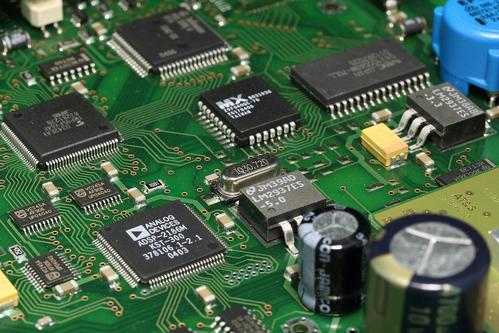 +86 755 2794 4155
+86 755 2794 4155  sales@knownpcb.com
sales@knownpcb.com
-
Shenzhen KNOWNPCB Technology Co., Ltd.
 +86 755 2794 4155
+86 755 2794 4155  sales@knownpcb.com
sales@knownpcb.com
 2024-06-14
2024-06-14
 505
505

It is generally believed that if the frequency of a digital logic circuit reaches or exceeds 45MHz~50MHz, and the circuit operating above this frequency already occupies a certain proportion of the entire electronic system (such as 1/3), it is called a high-speed circuit.
In fact, the harmonic frequency at the edge of the signal is higher than the frequency of the signal itself, which is an unexpected result of signal transmission caused by the rapid changes in the rising and falling edges (also known as signal jumps) of the signal. Therefore, it is generally agreed that if the line propagation delay is greater than 1/2 of the rise time of the digital signal driver end, such signals are considered high-speed signals and generate transmission line effects. The transmission of signals occurs at the moment when the signal state changes, such as the rise or fall time. The signal passes through a fixed period of time from the driving end to the receiving end. If the transmission time is less than half of the rise or fall time, the reflected signal from the receiving end will reach the driving end before the signal changes state. On the contrary, the reflected signal will reach the driving end after the signal changes state. If the reflection signal is strong, the superimposed waveform may change the logical state.

Or call +86 755 2794 4155
Inquiry Now

